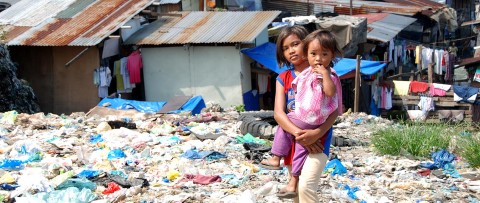
While the path out of poverty is not an easy one, when you put these issues into perspective, you can see how all of us working together can do our part to break the cycle of poverty for this generation and the next.


Americans spend about $50 billion a year on gardening and lawn care. For less than the amount of money the U.S. spends on pursuing the perfect lawn, children around the world could receive an education.


Although there are American communities with unsafe water sources, the U.S. generally has some of the safest and easiest access to clean water on the planet. In fact, 99% of tap water in the U.S. is drinkable. Nonetheless, Americans spent more than $40 billion on bottled water in 2021. With that amount of money, we could cover more than a third of the cost of providing safe water to the world.


The world spends $190 billion per year on video games. For less than what the U.S. alone spends on video games ($60 billion/year), world hunger could be a relic of the past.


Each year, the average U.S. household spends almost $70 per year on lottery tickets. That’s the equivalent of 140 children treated for every American household.
Putting poverty in perspective allows us to see how global problems can be solved when we all do our part. Your sponsorship or gift provides children access to educational, health care and dental programs while also funding empowerment and employment initiatives and building community centers. Together, we can give children the chance to create a better future and bring about lasting change for their communities.